Section Quercus Higher classification Oak | Genus Quercus Scientific name Quercus lyrata Rank Species | |
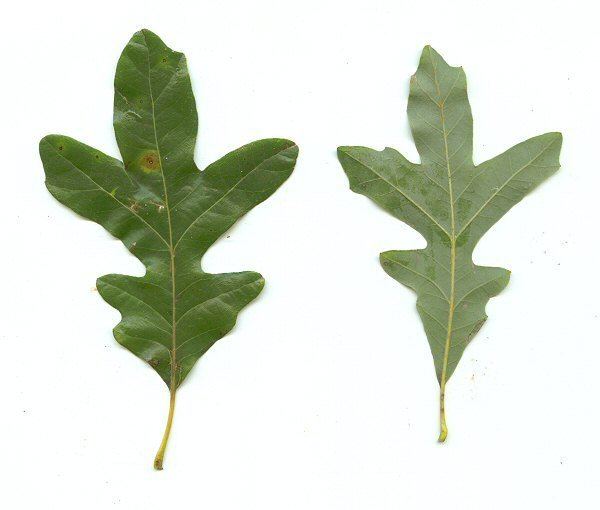 | ||
Similar Oak, Quercus michauxii, Quercus phellos, Quercus shumardii, Quercus pagoda | ||
Quercus lyrata (overcup oak) is an oak in the white oak group (Quercus sect. Quercus). It is native to lowland wetlands in the eastern and south-central United States, in all the coastal states from New Jersey to Texas, inland as far as Oklahoma, Missouri, and Illinois. There are historical reports of it growing in Iowa, but the species appears to have been extirpated there.
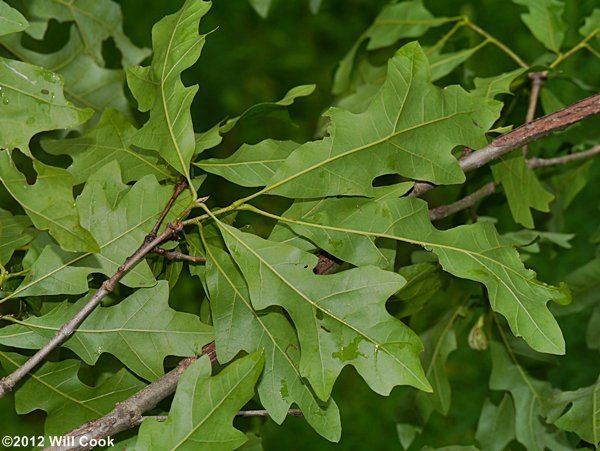
Description
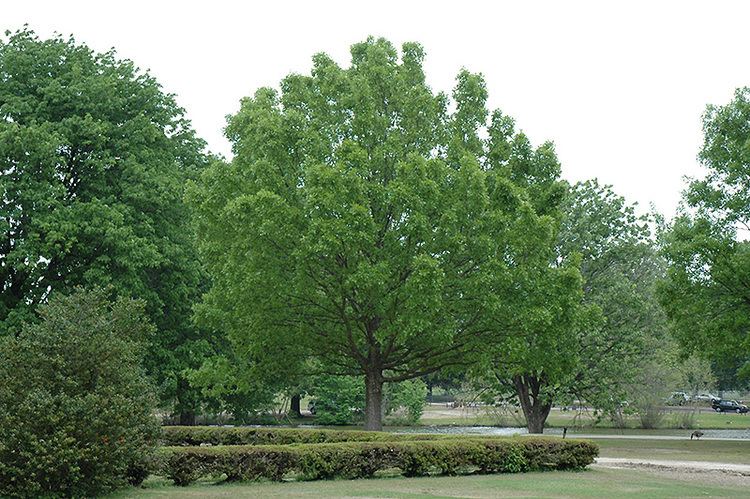
Quercus lyrata is a medium-sized deciduous tree, growing to 20 meters (66 feet) tall, with a trunk up to 80 cm (31.5 in) (rarely 140 cm (55 in)) diameter.
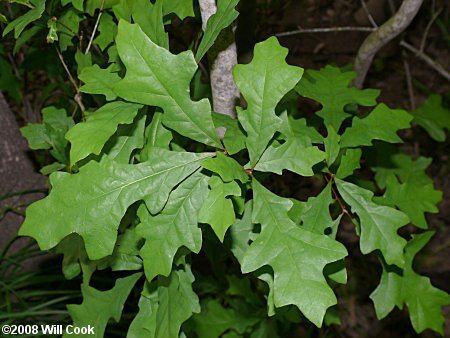
The leaves are 10–16 cm (4–6.5 in) (rarely 20 cm (8 in)) long and 5–10 cm (2–4 in) broad, deeply lobed, often somewhat lyre-shaped (lyrate), dark green above, paler and often finely hairy beneath.
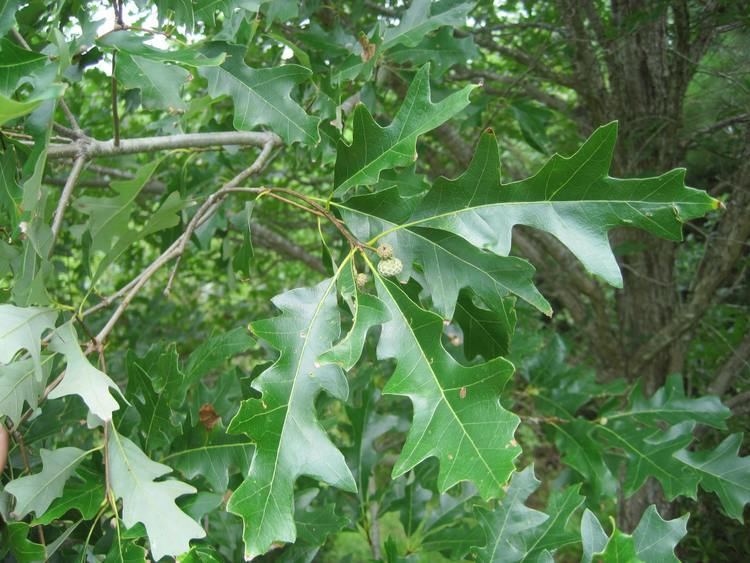
The flowers are catkins, produced in the spring and maturing in about 6–7 months into acorns 2.5–5 cm (0.98–1.97 in) long and 2–4 cm (1–1.5 in) broad, largely enclosed by the cupule (acorn cup).
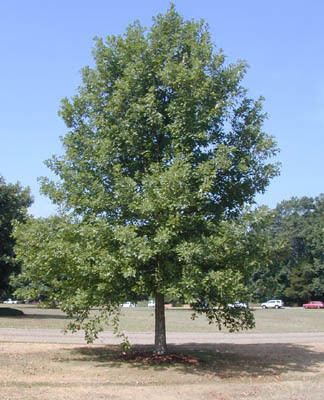
The common name comes from the acorns being largely enclosed in the cup; the scientific name comes from the lyrate (lyre-shaped) leaves.
The wood is valuable, similar to that of other white oaks, and used for the same purposes.
